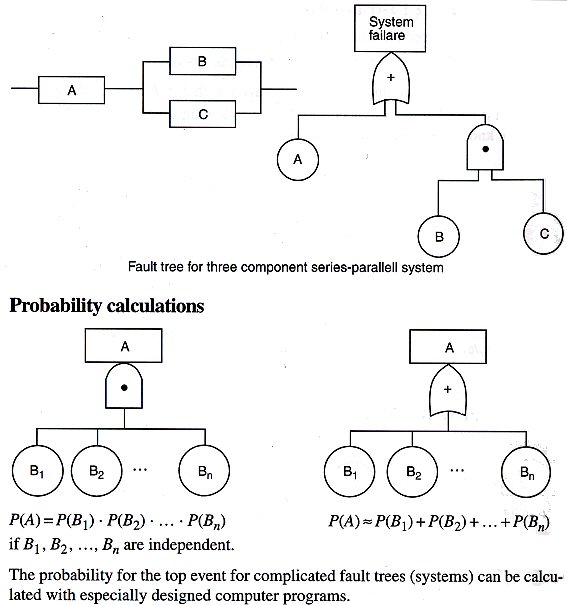Book Review: Mathematics Handbooks
Even requirements engineers occasionally need to resort to a little maths to get their system specifications in order, so it seemed interesting to look at a couple of popular handbooks of mathematics to see what they had to offer.
It turns out that there is a wide range of styles of mathematical presentation, and the two books here represent opposite ends of the spectrum. Råde's book is a tight, compact volume; almost every page is packed with equations or tables of coefficients. There are some explanatory graphs, but essentially you get a heading like 'Newton's Interpolation formula' followed immediately by the relevant equations. If you know what to do with them, fine; if not, you need to look somewhere else. The book is thus not so much a handbook (in the sense of 'Witherby's Handbook of British Birds') but a memory-jogger for 'scientists and engineers' who remember they need Newton but can't recall the precise formula to use.
The book does sometimes give illustrations that can be understood fairly readily, like those on fault trees below, but even here the nature of the gates is implied rather than stated, and being told that you need an 'especially designed computer program' is not really especially helpful.

In complete contrast, Jan Gullberg has written a long, elegant, and seductive tour of mathematics, with sections on almost every imaginable branch of the discipline. Each section explains what the topic is, describes its scope and history, and illustrates the background by giving the names, dates, and achievements of the great men of the past. Then the basics of the topic -- vector algebra, whatever -- are introduced in an essay which combines english, diagrams, equations and even cartoons. Rather than just stating results, each technique is illustrated with a worked example, commented as it goes along.
Gullberg covers topics which everyone finds fascinating, like fractals and the golden ratio. He's always clear, accurate, and entertaining, and there's certainly a tremendous amount of information gently conveyed. Even mathematical humour surfaces from the depths.

The intended audiences for these two books are clearly very different. Each suits its purpose; whether either would suit your and my purposes is a moot point. Råde's dry reminders are insufficient for someone who knows they need some statistic but is unsure which one is appropriate: the figures and equations are there, but the necessary guidance is not. Conversely, Gullberg's witty introduction is splendid for getting an insight into what the maths might do, but stops short, even after 1000 pages, of supplying enough guidance to practical techniques like the Chi-squared test for statistical significance.
If you did a good bit of maths and just need a quick reminder what equation to use, Råde may suit you perfectly.
If you did hardly any maths and want to feel a bit more comfortable with it, Gullberg will be your ideal companion.
If you are in between and want guidance on statistics, etc,
Calvin Dytham's admirably lightly-worn expertise might suit you better.
© 2004 Ian Alexander
You may also like:











